Lithium Mineral – UPSC Preparation Guide
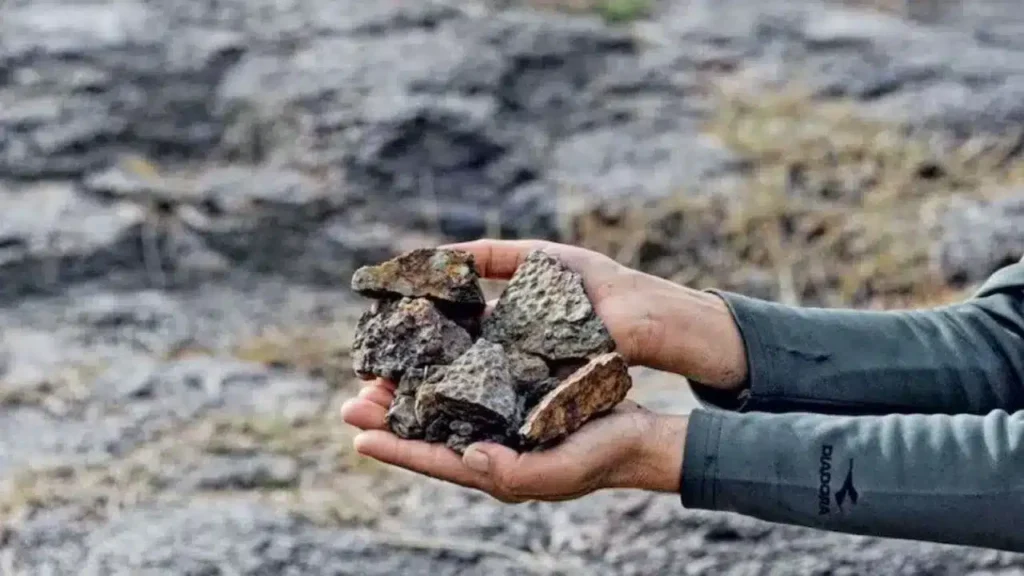
Lithium has become a strategically important mineral due to its critical role in renewable energy, electric vehicles (EVs), and modern technology. For UPSC aspirants, understanding lithium’s geological occurrence, global distribution, economic importance, and strategic implications is essential, especially under topics like mineral resources, industrial development, and international trade dynamics.
Below is a focused and UPSC-friendly overview of lithium mineral for Geography, Science & Technology, and International Relations preparation.
1. What is Lithium?
- Atomic Number: 3
- Symbol: Li
- Classification: Alkali metal (Group 1 of the periodic table)
- Properties: Lightest metal, highly reactive, high electrochemical potential
- Natural Occurrence: Not found in pure form due to high reactivity; occurs in minerals (spodumene, lepidolite) and brines
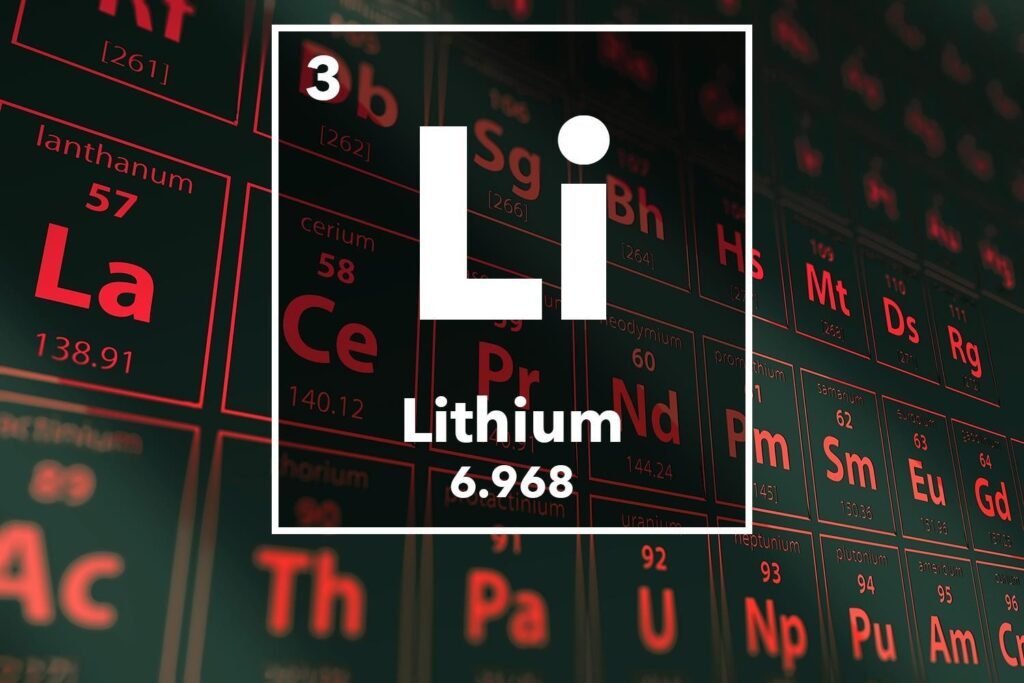
2. Lithium-Bearing Minerals
Lithium is primarily extracted from the following minerals:
- Spodumene (LiAlSi₂O₆): High-grade lithium mineral; main source for industrial extraction
- Lepidolite (K(Li,Al)₃(Al,Si)₃O₁₀(F,OH)₂): Contains rubidium and cesium; used in ceramics and minor lithium extraction
- Petalite (LiAlSi₄O₁₀): Used in glass and ceramics; secondary lithium source
- Amblygonite (LiAl(PO₄)(F,OH)): Phosphate mineral with moderate lithium content
These minerals are typically found in granitic pegmatites.
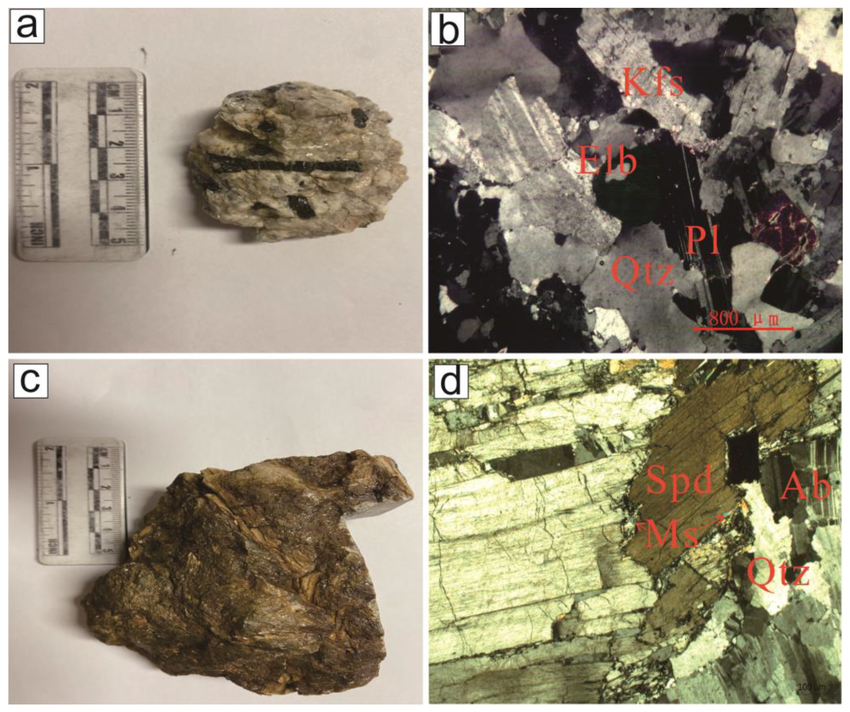
3. Lithium Extraction Methods
| Source | Method | Notes |
|---|---|---|
| Hard Rock (Pegmatites) | Mining and processing of lithium minerals | Main source in Australia and Zimbabwe |
| Brine Deposits | Solar evaporation and chemical processing | Major source in South America’s Lithium Triangle |
| Clay Deposits | Acid leaching or Direct Lithium Extraction (DLE) | Emerging source in U.S. and Serbia |
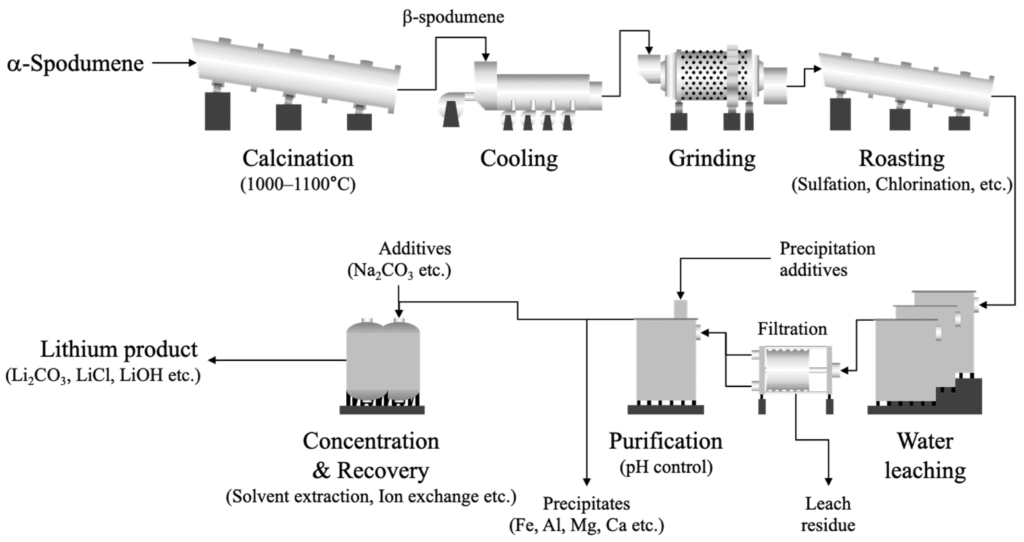
4. Global Distribution of Lithium Resources
- Australia: Leading producer; hard rock lithium from spodumene
- Chile: Largest reserves; lithium from brine in Salar de Atacama
- Argentina and Bolivia: Part of the “Lithium Triangle” in South America
- China: Major processor and refiner of lithium
- United States and Canada: Developing lithium from clay and pegmatites
- Africa (Zimbabwe, Namibia, Mali): Emerging lithium producers
India is also exploring lithium resources in Kashmir and through deep-sea mining.
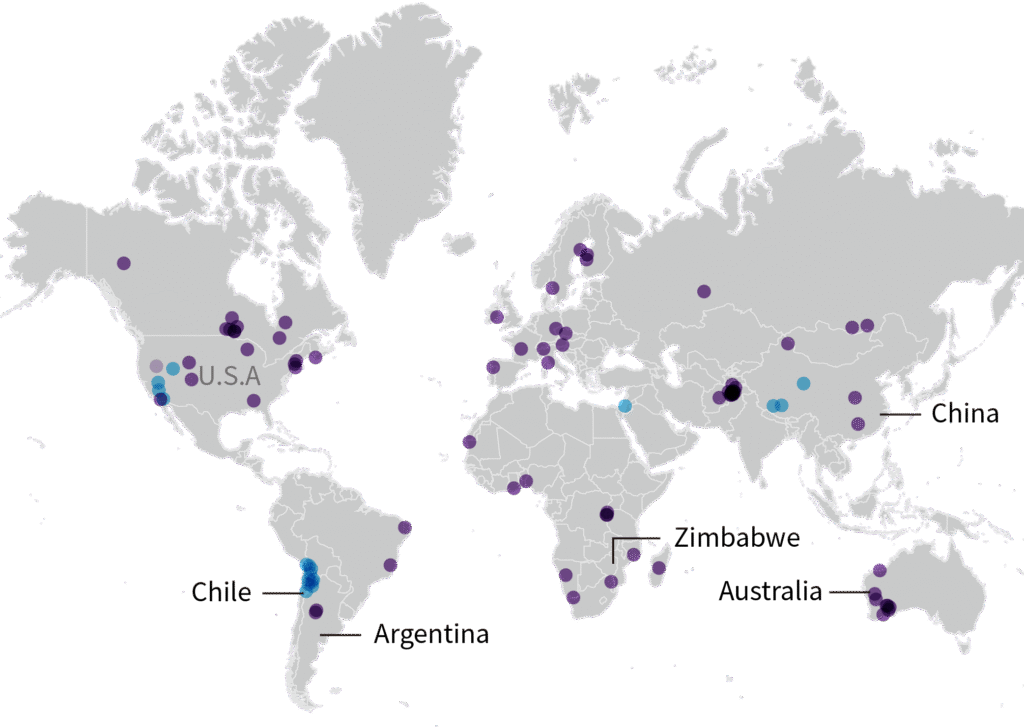
5. Lithium in India and Strategic Importance
- India has limited lithium resources and is dependent on imports for battery manufacturing
- Jammu and Kashmir has reported lithium reserves in saline lakes (Reasi district)
- India is investing in lithium refining and battery manufacturing under schemes like the PLI Scheme for Advanced Chemistry Cell (ACC) Battery Storage
- Atmanirbhar Bharat and EV mission goals make lithium a critical resource for India’s future
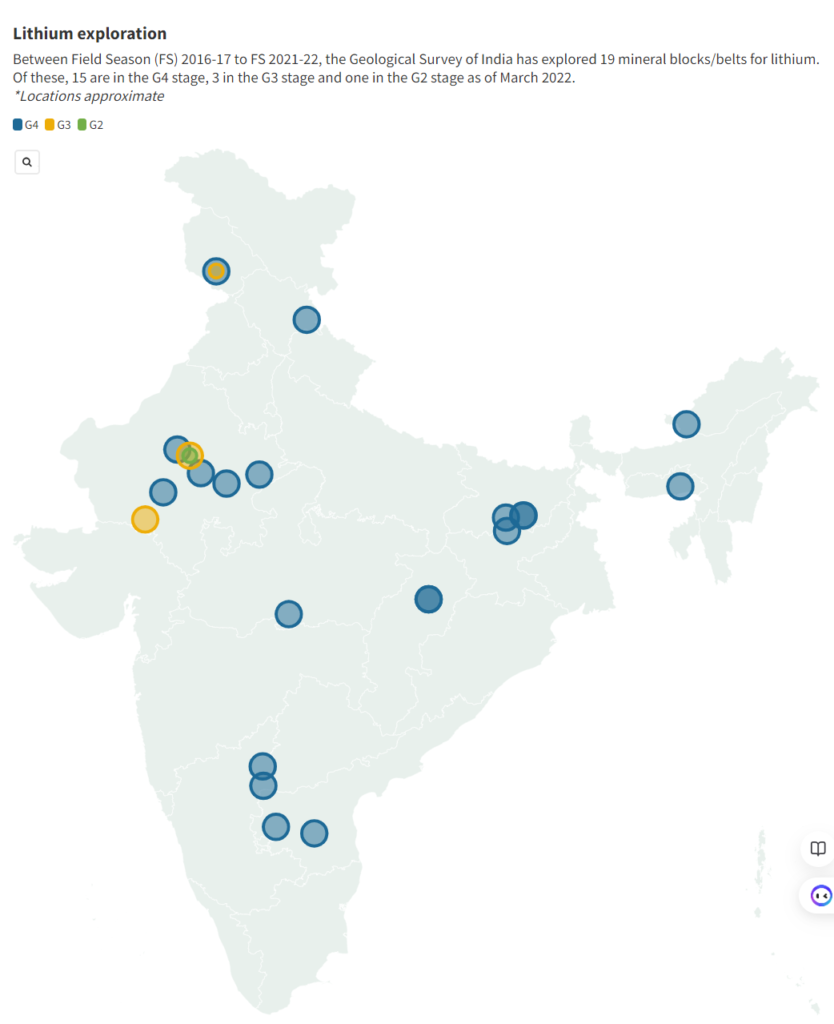
6. Lithium in the UPSC Syllabus
Lithium mineral is relevant to the following UPSC syllabus areas:
- Geography (Mains GS-1 and GS-3):
- Mineral resources and industrial location
- Resource geopolitics and strategic minerals
- Science & Technology (Mains GS-3):
- Role in EVs, battery technology, and renewable energy storage
- International Relations (Mains GS-2):
- Strategic mineral supply chains and India’s mineral diplomacy
- Economy (Mains GS-3):
- Critical minerals, import dependence, and industrial growth
7. Lithium and Critical Minerals
- Critical Minerals: Minerals essential for economic and national security, with supply risk
- Lithium is classified as a critical mineral by:
- India (under Deep-sea mining and domestic exploration)
- USA, EU, and Japan (for EV and battery industries)
India is focusing on securing lithium supplies through:
- Overseas investments in lithium mines
- Recycling and refining infrastructure
- Exploration of domestic resources
8. Environmental and Ethical Considerations
- Brine extraction in arid regions (e.g., Chile) can lead to water depletion
- Hard rock mining produces waste rock and tailings, requiring proper management
- Direct Lithium Extraction (DLE) and recycling technologies are being developed to reduce environmental impact
India must consider sustainable lithium sourcing as it builds its EV and energy storage infrastructure.
FAQs
Q1: Is lithium a mineral or a metal?
A1: Lithium is a metal and a chemical element, but it is found in nature as part of lithium-bearing minerals like spodumene and lepidolite.
Q2: Why is lithium important for UPSC?
A2: Lithium is a critical mineral linked to clean energy, industrial policy, and international trade, making it relevant for GS-1, GS-2, and GS-3.
Q3: Where is lithium found in India?
A3: Recent lithium discoveries in Jammu & Kashmir’s Reasi district, and under exploration in Andhra Pradesh and Rajasthan.
Conclusion
Lithium mineral is a key resource for India’s clean energy and e-mobility goals. As a critical mineral, it is central to national security, economic development, and sustainable technology growth. UPSC aspirants should focus on its geographical distribution, extraction methods, and strategic implications in the context of India’s energy and industrial policies.

